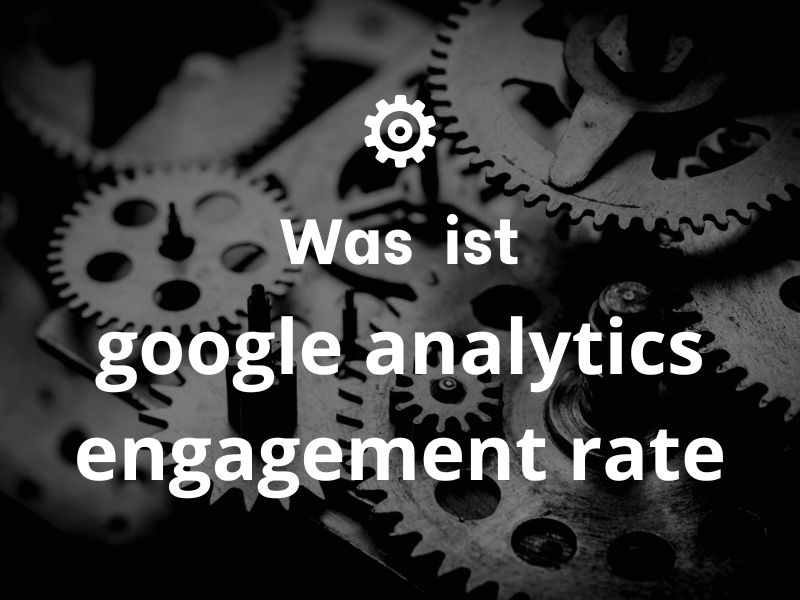Definition
Google Analytics Engagement Rate refers to the ratios of active visitors to a web page to those who log in and actively participate on the page. This value is expressed as a percentage and can be used as an indicator of how interesting and engaging a website is to users. It is used to measure overall user experience, the number of visitors, and how users interact with a website's features and content.
Advantages
The biggest advantage of tracking the engagement rate of Google Analytics is that it is an excellent tool for measuring user experience. It can serve as an accessible, quantitative measure of user engagement on a website and help provide key insights into how users are responding to the website. It can also help measure the effectiveness of campaigns and ads and help website owners identify engagement trends.
Disadvantages
One disadvantage of tracking the engagement rate of Google Analytics is that it is not necessarily a reliable measure of a website's performance. It can only be a rough indicator of how users are interacting with the website, but it can be difficult to gain specific insights into the reasons for engagement. In addition, it is sometimes difficult to determine the accuracy of the measurements as some visitors may not be willing to log in or take action on the website.
Use cases
Google Analytics Engagement rate is most commonly used to improve the user experience for website owners. It can help detect points of interest where users are unwilling to interact, and it can help identify engagement trends and behavior patterns. It can also be used as a measurement tool to check the effectiveness of advertising campaigns and ads, as well as evaluate how users interact across different platforms.
Example 1
A good example of using engagement rates from Google Analytics is when analyzing the effectiveness of an advertising campaign. Advertising campaigns that are run on multiple platforms provide a great opportunity to use Engagement Rate to determine which campaigns are more successful. The engagement rate can be used to check how many visitors passed through the campaign on the way to conversion and evaluate which campaigns are most effective.
Example 2
Another good example of using the engagement rate from Google Analytics is in identifying engagement trends. When the engagement rate is monitored, website owners can spot noticeable behavior patterns and trends. By analyzing trends, website owners can figure out which content resonates best with users and which pages need to be changed to improve engagement.
Conclusion
Google Analytics Engagement Rate is an important tool to improve the user experience for website owners. It can serve as an indicator to find out how interesting and engaging a website is for users, and it can be used to evaluate the effectiveness of advertising campaigns and ads, track trends, and identify engagement trends. However, it is important to note that it is not necessarily a reliable measure of a website's performance, and some visitors may not be willing to sign up or take action on the website.
« Back to Glossary Index


